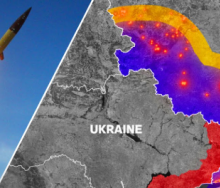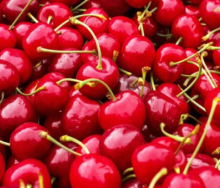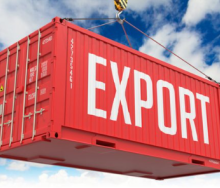The international trade in cut flowers has become an increasingly important global export business for many African countries.
The traditional epicentre of the trade, Holland, is wilting, albeit slightly, as a percentage of the flower trade – down from 50% to 48% of global supply in 2019, according to the latest Maersk Briefing on Thursday. It quoted the findings of the International Association of Horticulture Producers.
This growth in supply by other players outside of Holland to meet the demands of international flower imports into the European Union (EU) and the Gulf Cooperation Council (GCC) countries, is seeing an increased need for capacity for integrated transport and more environmentally friendly alternatives with lower greenhouse gas emissions.
Countries like Kenya, Ethiopia, Colombia and Ecuador have increased their presence in the cut flower trade. According to African Business Pages, Kenyan roses represent 40% of the European market presence.
From bloom to bouquet, in recent years the Netherlands has shifted its focus from flower production to flower trading, creating an opportunity for exporters from other parts of the world, including Africa.
According to Logistics Update Africa, "among other African nations like Zimbabwe, Rwanda, and Uganda in flower production and flower exports in Africa, Kenya contributes the lion's share of 62% and Ethiopia 24% of flower exports.”












